In 2024, the Organized Crime and Corruption Reporting Project (OCCRP) highlighted global concerns about corruption by naming Syrian President Bashar al-Assad as their “Person of the Year in Organized Crime and Corruption.”
President William Ruto received an unprecedented number of public nominations over 40,000 reflecting domestic discontent.
This surge in nominations was largely driven by widespread protests in Kenya during June and July 2024.
Sparked by a contentious finance bill, high youth unemployment, and pervasive government corruption, these demonstrations saw young Kenyans demanding President Ruto’s resignation.
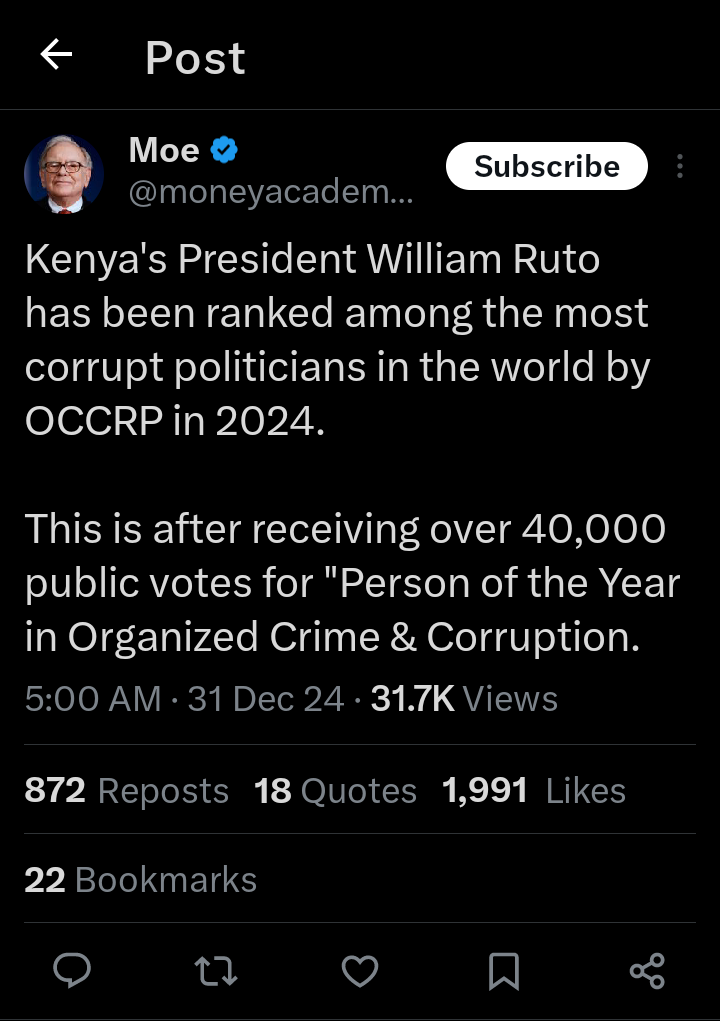
The government’s response was severe; security forces employed tear gas, water cannons, and live ammunition against protesters, resulting in numerous deaths, injuries, and disappearances.
The protests were further fueled by specific corruption scandals.
One incident involved the sale of counterfeit fertilizer to farmers, leading to financial losses and reduced agricultural productivity.
Investigations revealed that farmers had been sold soil and other substances disguised as fertilizer, implicating officials from the National Cereals and Produce Board (NCPB) and the Kenya Bureau of Standards (KEBS).
This scandal led to suspensions, arrests, and prosecutions of involved officials, as well as the impeachment of the Agriculture Cabinet Secretary, Mithika Linturi.
In response to the growing unrest, President Ruto took several actions.
He canceled major deals with foreign entities, such as the Adani Group, following criticisms over lack of transparency and value for money.
These deals, worth over $2.5 billion, were scrapped amid allegations of corruption, with President Ruto pledging to seek alternative partners and take action against corruption within his administration.
Additionally, after weeks of protests, President Ruto dismissed his cabinet, appointing new members in an effort to quell public dissent.
This move was seen as an attempt to address the demands of protesters and demonstrate a commitment to reform.
Despite these measures, public dissatisfaction persisted.
Kenyan bishops accused President Ruto’s government of corruption and “heightened insensitivity and irresponsibility,” stating that the administration had failed to meet its promises due to being “captured and compromised in corrupt deals.”
The international community also took notice. Analysts highlighted the protests as a wake-up call, emphasizing the need for serious reforms to tackle corruption.
There was hope for change, but concerns remained about the government’s commitment to addressing graft and bribery.
The unprecedented public nominations of President William Ruto for OCCRP’s “Person of the Year in Organized Crime and Corruption” underscore deep-seated frustrations among Kenyans regarding corruption and governance issues.
The government’s heavy-handed response to protests, coupled with high-profile corruption scandals, has tarnished President Ruto’s reputation both domestically and internationally.
While steps have been taken to address these concerns, challenges remain in restoring public trust and ensuring transparent governance in Kenya.

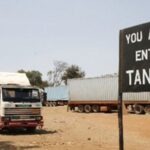

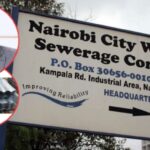
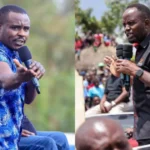


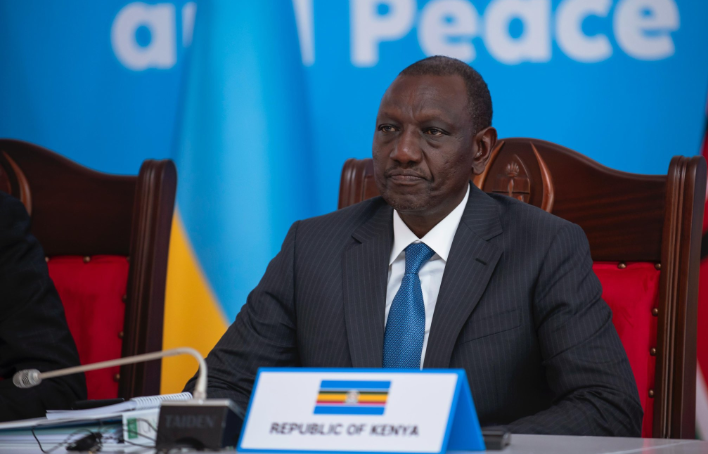
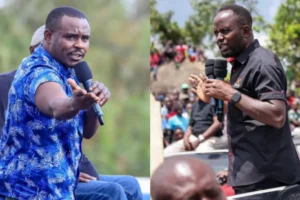
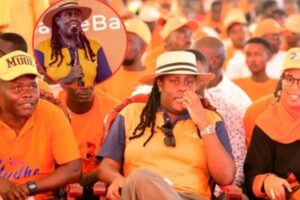
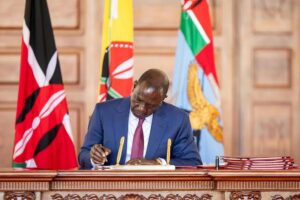
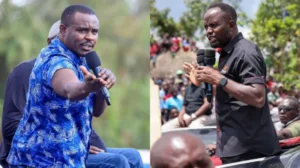
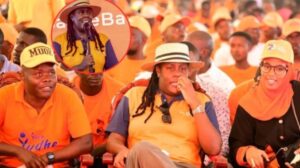
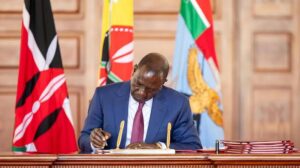
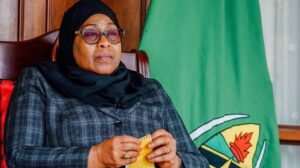

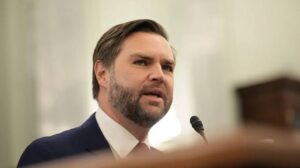
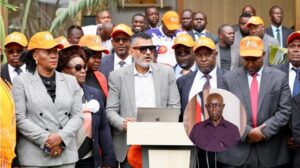
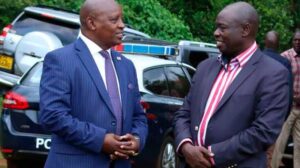
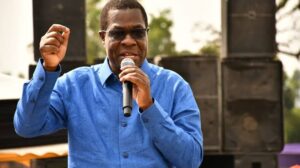

Add Comment